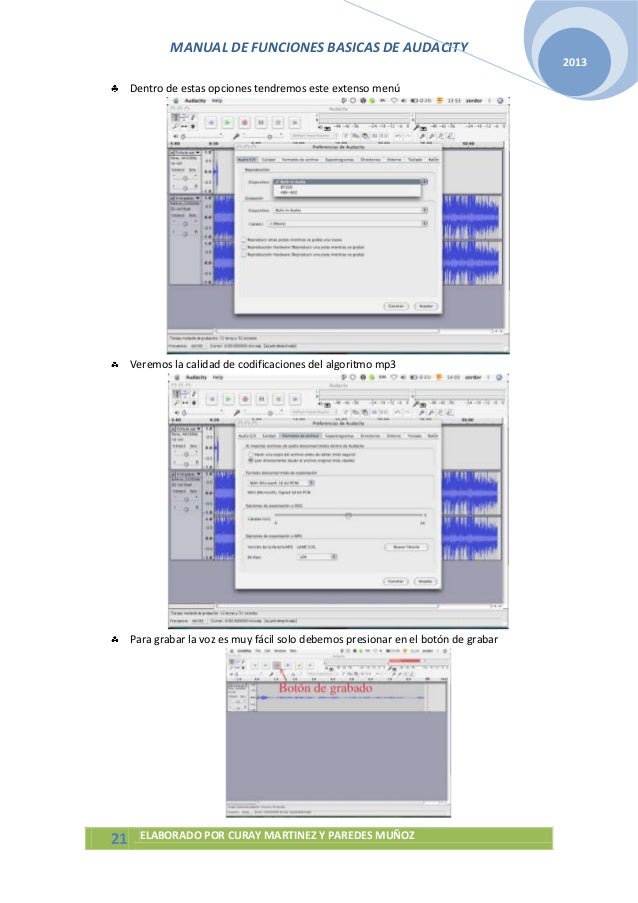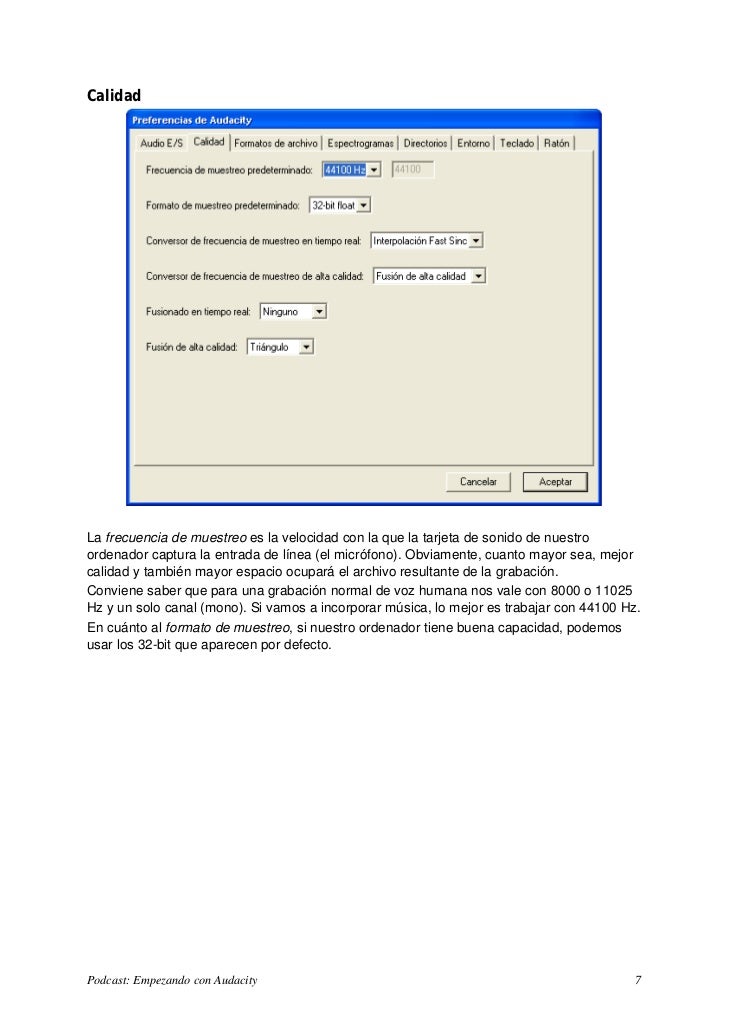

Self-made voice or speech recordings are usually mono, but voice or speech recordings from radio or CD often contain stereo reverb effects. The modulator and carrier will thus usually be two separate audio tracks. So for the purposes of the steps in all the following examples, we assume the modulator to be a "voice" track and the carrier to be a "music" track. In audio context, the modulator is the sound you want to change (often a voice talking or singing), and the carrier you use to change that sound is often a steady musical tone or note, or sometimes a natural sound like some kind of noise. In a vocoder, the modulator is the signal that modulates or controls the carrier signal. This section uses the terms "modulator" and "carrier". Add some low-frequency radar needles - this will sound like a tremolo.Add some white noise - the result will sound like an old tape recorder.If you have a carrier signal with a very limited spectrum and most of the voice gets lost after processing because the spectra are too different you have two choices: Keeping the voice prominent in the processed audio: brings you to the appropriate page in the Manual, this page.Cancel aborts the effect and leaves the audio unchanged, closing the dialog.OK applies the effect to the selected audio with the current effect settings and closes the dialog.In addition to the normal plug-in behavior, a "debug window" opens to display error messages, normally the debug window will be empty.This is primarily of use when writing or editing Nyquist plug-ins. Debug applies the effect to the selected audio with the current effect settings, but unlike OK the effect runs in debug mode.The length of preview is determined by your setting in Edit > Preferences > Playback, the default setting is 6 seconds.

Preview plays a short preview of what the audio would sound like if the effect is applied with the current settings, without making actual changes to the audio.Manage gives a dropdown menu enabling you to manage presets for the tool and to see some detail about the tool.The default setting is 0%.Ĭlicking on the command buttons give the following results: The amplitude of "radar needles" that are added to the right channel before applying the vocoder. The amount of white noise that is added to the right channel before applying the vocoder the default setting is 0%. Increasing the number of Vocoder bands slows down the processing time.ĭefines how much of the original audio signal shall be contained in the carrier signal the default setting is 100%. The more bands, the finer the different frequencies that can be manipulated and modulated. This behaves similarly to a multiband equalizer. This is useful when applying a mono modulator to a stereo carrier, since the modulator can be reused when processing the right channel of the carrier.ĭefines the frequency resolution of the Vocoder. Right only: The modulated vocoder output signal appears only in the right channel, while the left channel still contains the unmodified modulator signal.This is most convenient when fine-adjusting the vocoder output using headphones. Both channels: The modulated vocoder output signal is duplicated into both stereo channels.The smaller the distance, the more of the original modulator signal can be heard in the output signal. The higher the distance, the slower the response. The distance controls the "responsivness" of the Vocoder to changes in the modulator signal. With the default distance of 20.0 the envelope signals ( generated from the modulator band-pass filters) are twenty times slower than the center frequency of the band-pass filters of the respective vocoder band. Vocoder only works on unsplit stereo tracks.ĭefines the distance between the center frequency of the vocoder band to the cutoff frequency of the respective envelope low pass filter.


 0 kommentar(er)
0 kommentar(er)
